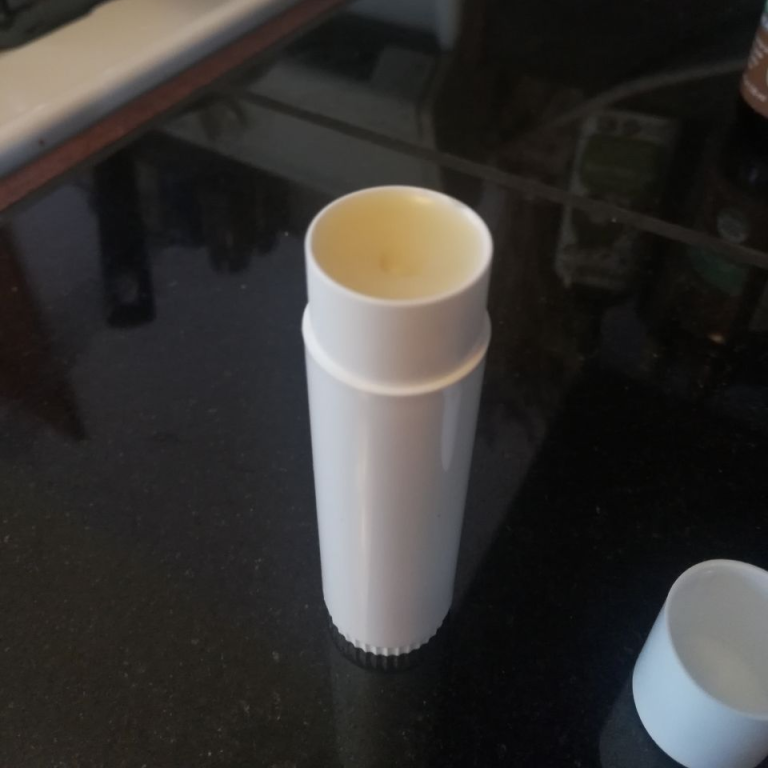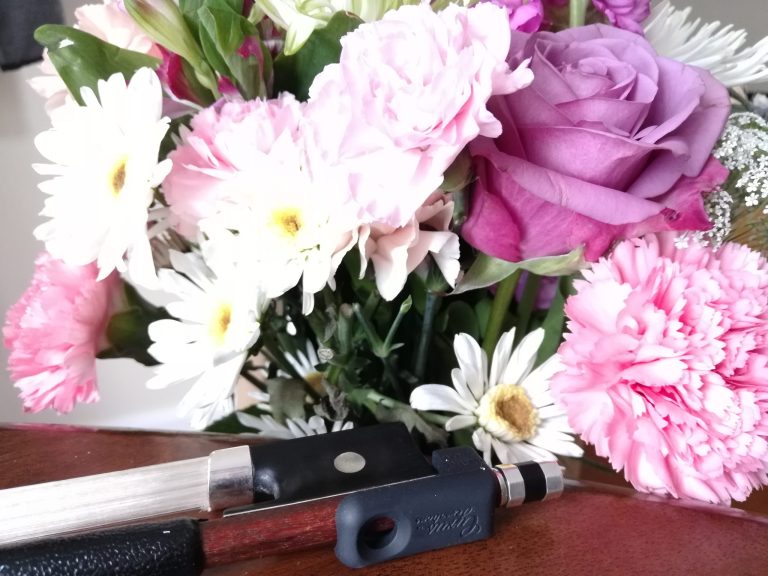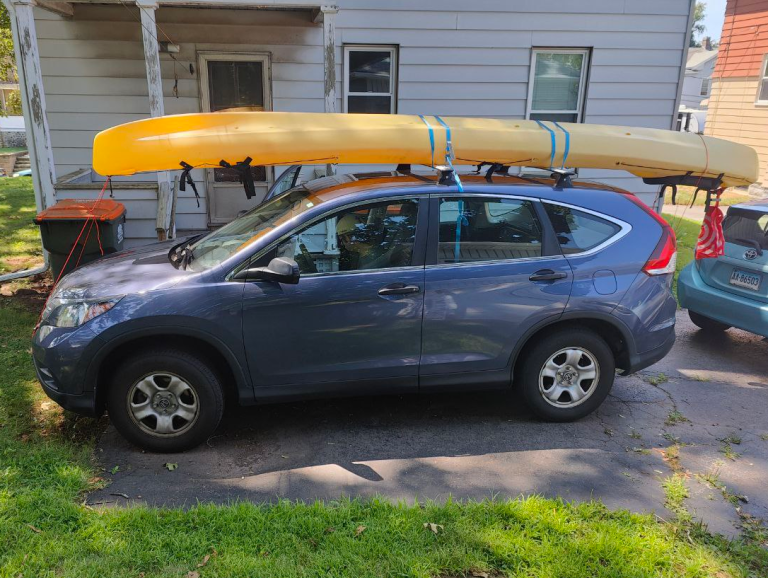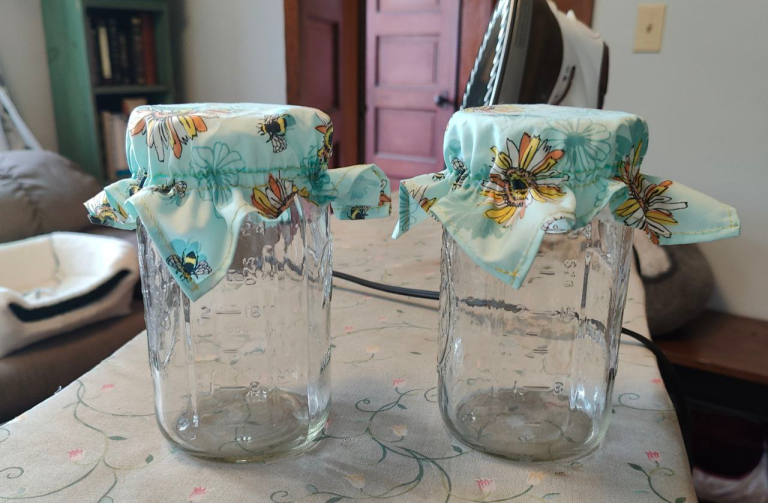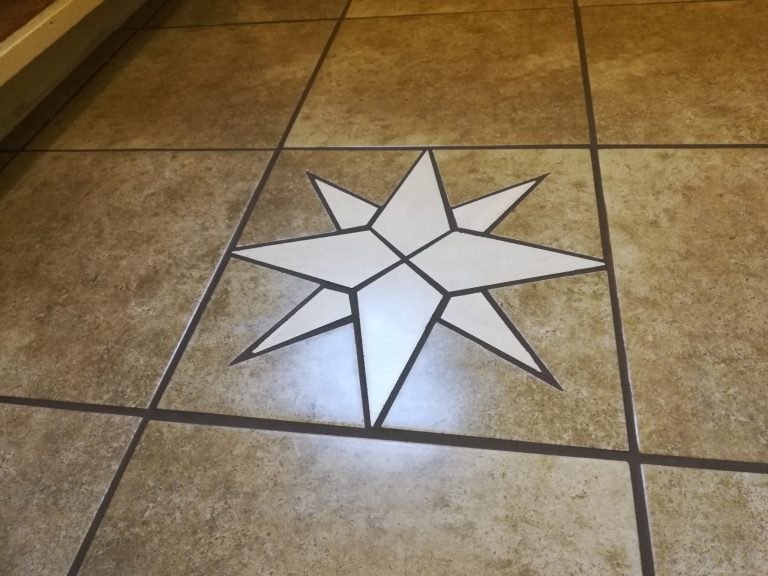Why I’m so happy I started to make cat food at home!
Disclosure: I am an Amazon affiliate and this post contains affiliate links, which means I may earn a commission (at no extra cost to you) if you purchase products mentioned.
Whether or not you’ve actually heard about people starting to make cat food at home, you should know it’s the best thing you can do for your cat’s health!
Making your own cat food is a lot of work, but it is cost-efficient and a bulletproof way of controlling everything that goes into your cat’s tummy on a daily basis!
In this post, I’m going to share with you the reasons that I started to make cat food at home and also give you a little insight into the process that I follow. At the end, I will let you know how my cat has personally benefitted!
My journey to starting to make cat food at home
My journey toward deciding and learning how to make my kitty’s food started after I lost my sweet cat, Bear, several years ago. He suddenly became ill and stopped eating. He was a stray cat whom I had adopted two years prior.
Since he was a local stray, he was used to eating food around the neighborhood and I didn’t interfere with that. So, his diet was pretty horrendous. He was probably older, too.
He was diagnosed with pancreatitis and kidney disease. After an initial $2,700 emergency vet visit, I tried so hard for a month to save him. I was doing all kinds of research, but nothing helped him.

How I found the homemade diet
After he passed, I looked online and found a powerful website. It is probably the most popular resource for learning how to make cat food at home: Lisa Pierson’s website, CatInfo.org.
She is a vet and her breakdown about why you should exclusively feed either wet food or raw homemade food was so compelling to me. I vowed that, if I ever had a cat again, I would do this for him/her… in honor of Bear and the better life he had deserved.
A cat’s proper diet
The bottom line when it comes to cat nutrition is that cats are carnivores. This means that, naturally, they eat only meat. They’re not meant to eat grains, vegetables, or any other additives. Just meat!
Seriously, everything a cat needs exists in meat. Granted, you can’t just feed muscle meat. They need liver, bones, and some vitamins added, too. This is because, in the wild, they would be eating all parts of their kill, even the eyes (vitamin E), heart (taurine), thyroid (iodine), etc.
Dry cat food at the store is loaded with grains most of the time. Even grain-free versions have a bunch of other plant-based ingredients which are not ideal.
Wet food is SO much better, but even here the ingredients are sketchy. Though, for the first three years of my new kitty’s life, we did feed Friskies poultry patés until we finally buckled down and learned to make our own cat food.
Our process for making cat food
Really the only downside to making your own cat food is that it takes a lot of time. However, if you make huge batches, you only need to do it a few times a year. We’re finally on a regimen that requires us to make our cat’s food only every 3-4 months.
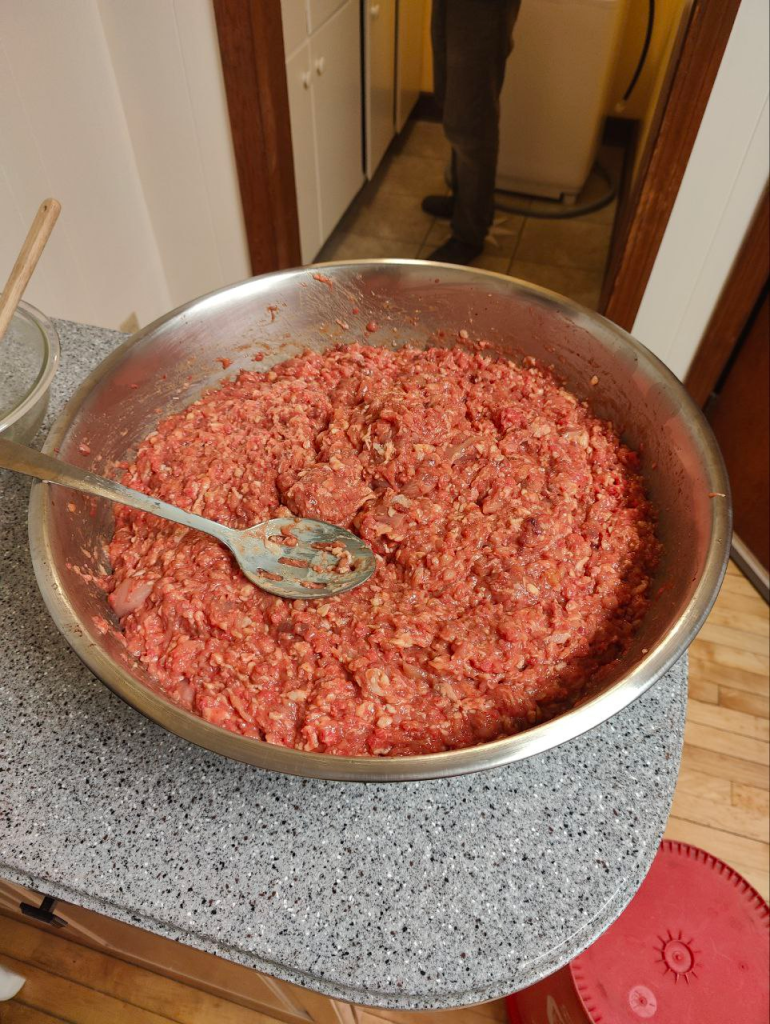
The main investment you need to make is getting a meat grinder that can grind chicken bones. To be honest, investing in one was the main thing that kept us from starting the process sooner. This is the one we bought and it works wonderfully for us!
It can feel like a bit of a gamble to invest in making a food when you’re not even sure that your cat will eat it. One way I got the vibe that our cat, Mixie, would be down with it is by feeding her little pieces of raw chicken. She LOVED them, so I had a feeling she’d be fine!
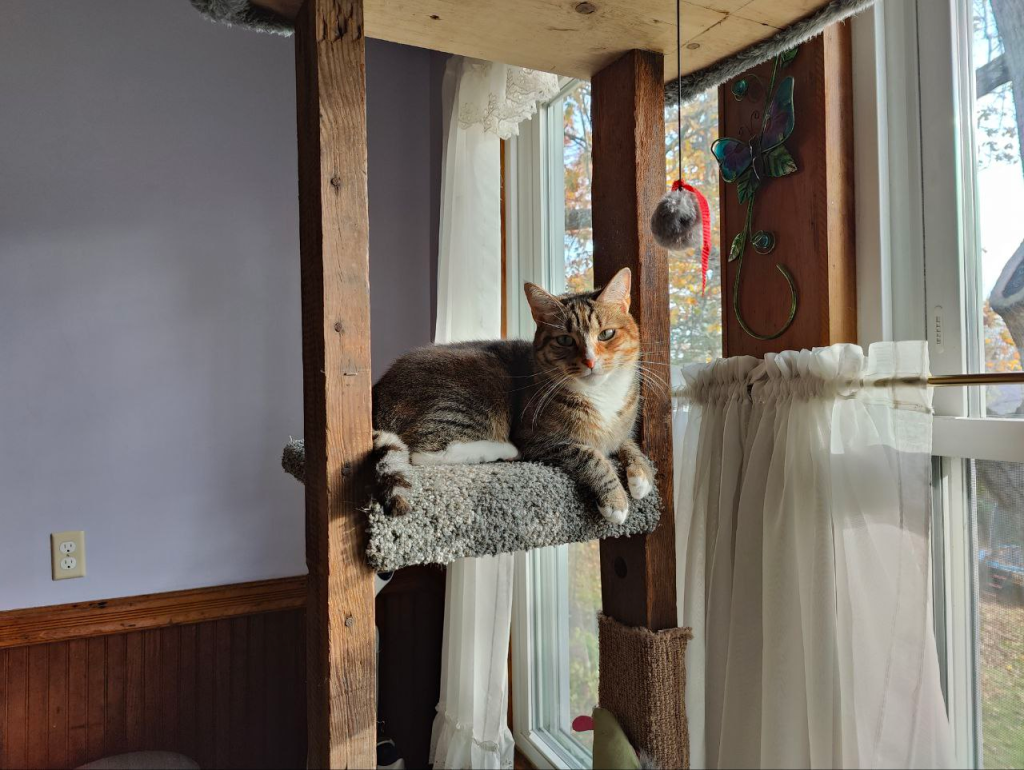
Here is a brief overview of our process:
- Debone 1 of every 4 chicken thighs
- Put chicken thighs through the grinder
- Separate egg yolks from whites
- Measure liver, supplements and water, whisk with egg yolks
- Add to ground chicken thighs
- Portion into small pint-sized mason jars
- Freeze and remove mason jars as needed to thaw in fridge, minimizing time spent in the fridge before feeding
Basically ALL of the information on how to do this is available in detail on so many helpful websites. Here are the ones from which I learned:
- Catinfo.org: here is her recipe (which is partially cooked)
- Hare-today: click here for recipe (fully raw; this is the recipe I use)
- This website is another great resource
If you are interested in learning to make cat food at home, definitely make sure to do your own research and fully understand the process. Omitting any ingredients could have huge consequences for your cat!
How we adapted our kitty to her new food
Though our kitty, Mixie, was always happy to eat bits of raw chicken, getting her used to this food still took gentle coaxing and time.

At first, Mixie was quite unsure of her new entrée. I actually had to sit there and finger-feed her little bits until it was all gone. (Believe it or not, I actually used to be very squeamish about meat… not anymore!)
She is a very finicky cat, and needed a lot of encouragement. (I’m sure many of you can relate!) But, after a little while, she was gulping down her portions in minutes without me doing a thing!
The health benefits we’ve noticed for our cat
The WHOLE point of starting to make cat food at home is for the amazing health benefits it offers your cat. To me, it is amazing that we control every ingredient that goes into her body! No additives, fillers, nothing. She’s eating just what she’s meant to be eating, and she loves it!
Mixie was 3 years old when we started the raw diet, now she is 4. Here are some benefits we’ve noticed:
Weight gain
After about a month on her new diet, Mixie gained 1/2 a pound. This may not sound like much, but for an 8-pound kitty, that is a 6% increase! She had been looking a bit skinny, so I took this to mean improved health. She still looks lean, but more solid.
Litter box smell
Mixie’s litter box, as I’d expected from my research, became MUCH less smelly! At least her poop did. Cats on a carnivore diet have very dry stools that are quite small. She only gets smelly ones when she’s been eating grass outside, hah!
Appetite regulation
The people who owned Mixie for the first five months of her life called her “Munchies”, apparently because she was so obsessed with food! I, too, remember her acting this way in the early days when we also fed her crunchies.
Even once we started feeding her paté, though she was less frantic about her food than with the crunchies, she was still quite vocal about getting fed.
Now, since we started to make cat food at home, though she gladly eats it all up, she doesn’t even beg for food! Don’t get me wrong, she begs for other things all the time, such as wanting to go for a walk outside. But she never asks for food! Even when I’m getting the food on her plate for her, she seems disinterested and will often leave it there for 10-15 minutes before coming over to eat it.
I personally interpret this as her food being non-addictive and more satiating!
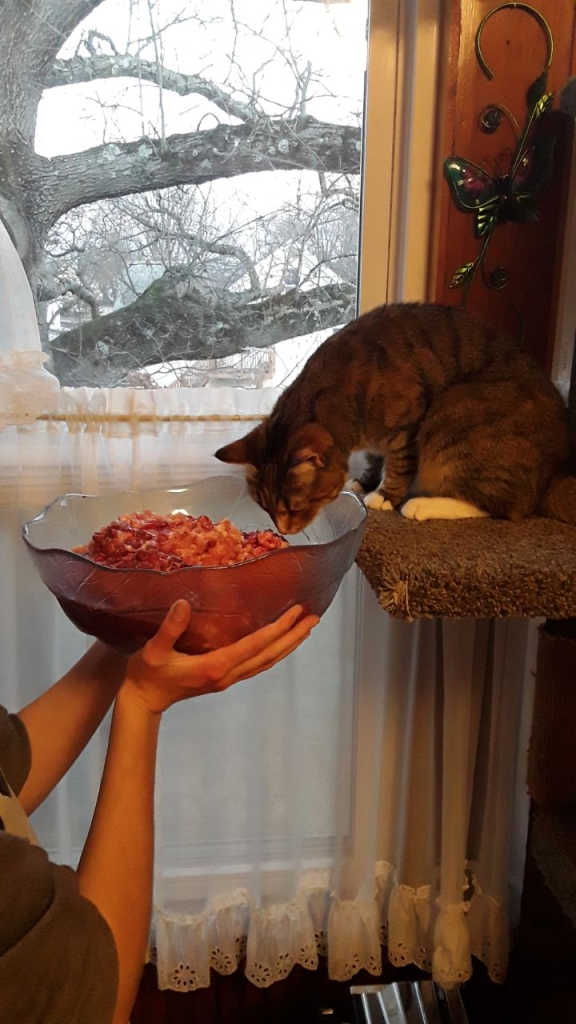
In conclusion…
I definitely know making cat food at home is not for everyone, but it can be so rewarding!
Especially after losing my kitty to a health issue which was closely tied to his diet, it makes me feel so good to know I’m doing the absolute best for my girl.
Plus, we only have to make cat food at home every several months. It does take around three hours to complete, and that’s with my husband and me doing it together. But Mixie loves it, and I love doing right by her.
Remember, wet food is still way better than dry. There are also commercial versions of raw food out there, they’re just expensive and beyond our budget. But if you have the money for it, that is an option. By making it ourselves, we spend about the same as buying cans of Friskies, so it is not expensive at all!
I hope this post has been useful to you in some way! If you have any questions, please feel free to ask down in the comments below!


